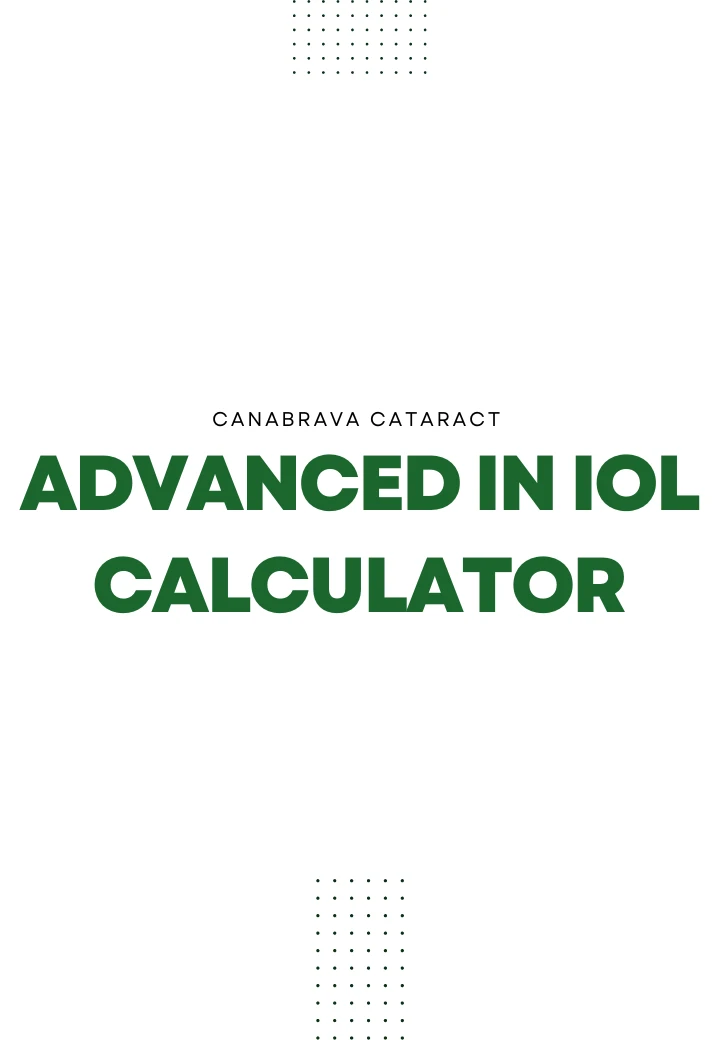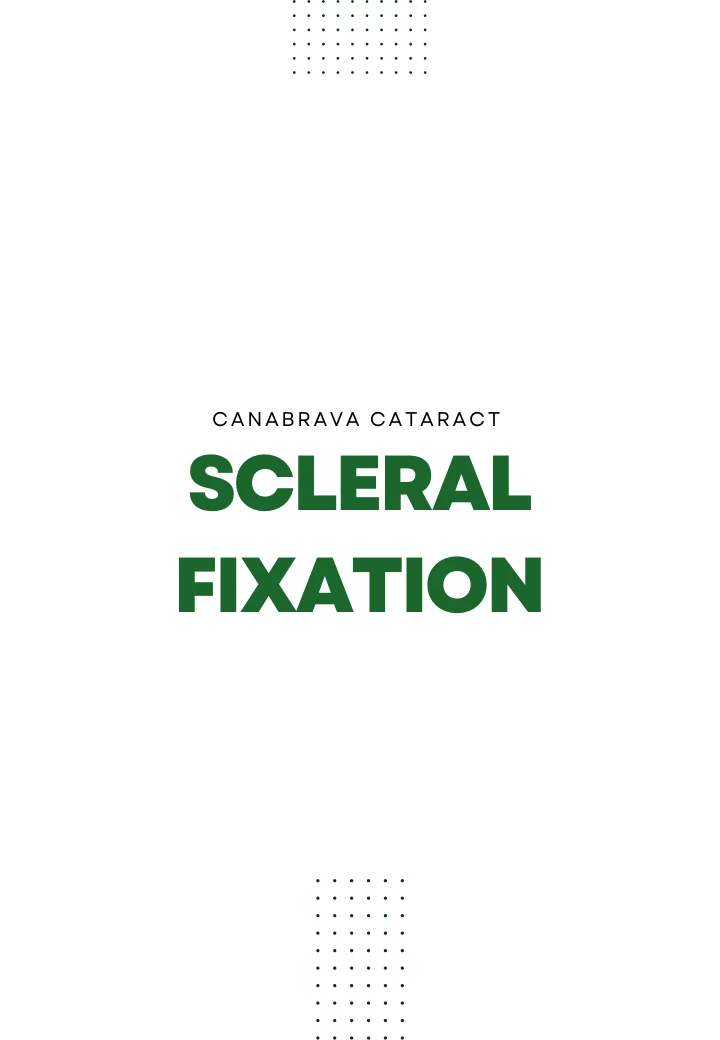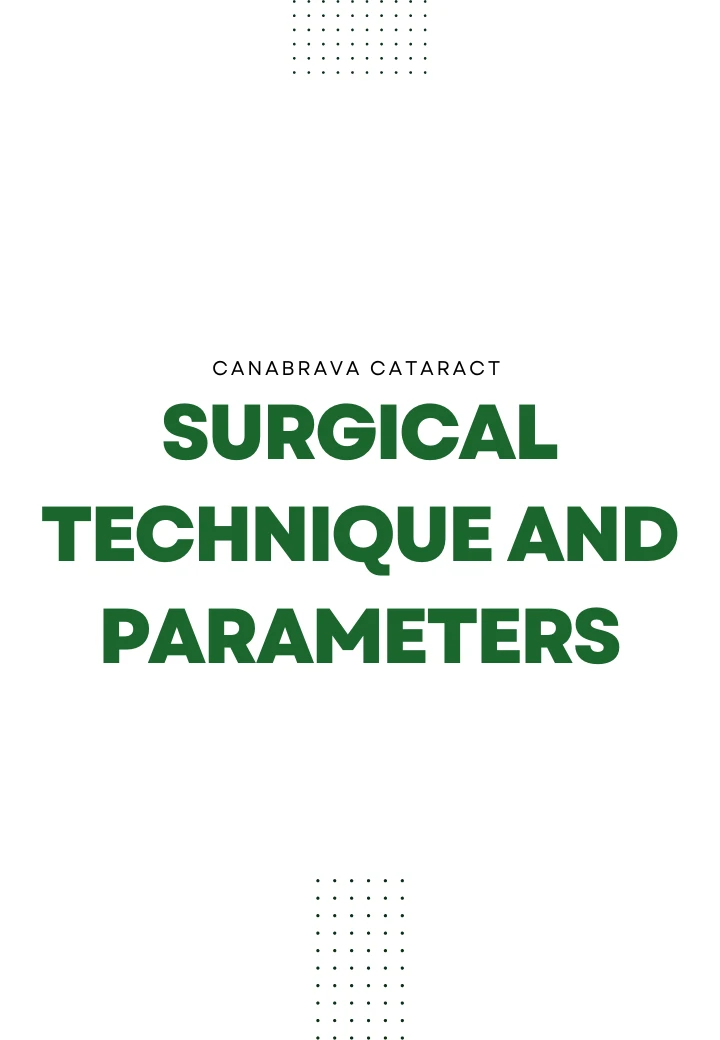Review by Dr. Markus Schranz – Austria – Vienna
Introduction
In comparison to traditional IOLs, the IC-8 IOL incorporates a small-aperture design, which is analogous to the principles of a pinhole camera. This enables the enhancement of depth of field and the provision of an extended range of clear vision. This article will delve into the scientific principles, clinical applications, and outcomes associated with the IC-8 IOL.
Design and Mechanism of Action

The small aperture IC-8 IOL (AcuFocus Inc., Irvine, CA, USA) is based on the KAMRA corneal inlay design (AcuFocus Inc., Irvine, CA, USA). The small aperture IC-8 IOL is a single piece hydrophobic acrylic posterior chamber IOL that combines pinhole technology through a central 3.23 mm black circular mask composed of polyvinylidene difluoride and carbon nanoparticles with a central 1.36 mm aperture. The pinhole effect created by the aperture enhances depth of focus, reducing the impact of presbyopia enabling clear vision at various distances. 1
The underlying principle of the IC-8 IOL is the extension of the depth of field through the reduction of optical aberrations and enhancement of contrast sensitivity. The small-aperture design minimizes the impact of corneal irregularities and subsequent other higher-order aberrations by blocking lightrays that would lay outside the extended depth of focus (EDOF) channel. 2
Clinical Applications and Outcomes
The IC-8 IOL is particularly beneficial for patients with presbyopia and those who have undergone cataract surgery. Clinical trials have demonstrated its efficacy in providing a continuous range of vision without the need for reading glases or other corrective measures. This is a significant improvement over monofocal IOLs. Moreoverthe IC-8 has shown to have comparable results to EDOF lenses in intermediate and near vision, while maintaining superior distance vision. It also performs well under photopic and mesopic conditions, with fewer problems with glare and halos compared to EDOF lenses.3
IC-8 and Irregular Cornea
Several studies have evaluated the performance of the IC-8 IOL and have consistently shown positive results. For example, a clinical study of IC-8 implantation in the non-dominant eye targeting -0.75D reported that patients achieved a mean uncorrected distance visual acuity (UDVA) of 0.03±0.10logMAR, a mean uncorrected intermediate visual acuity (UIVA) of 0.09±0.12D and an uncorrected near visual acuity (UNVA) of 0.13±0.15logMAR at 12 months postoperatively. With 100% of patients achieving 30/32 or better UDVA, 92% achieving 30/32 or better UIVA, 83% achieving 30/32 or better UNVA. In addition, patient-reported outcomes indicated high levels of satisfaction with visual quality and spectacle independence.6
Why not implant IC-8 in both eyes?
A disadvantage of the IC-8 is the reduction in contrast sensitivity, which is the main reason why monocular implantation is generally recommended.1 Dick et al. reported that bilateral implantation was associated with lower patient satisfaction due to higher photic phenomena (eg. halo). 8 However, binocular implantation can be performed under certain circumstances.7
Conclusion
Many studies show that unilateral IC-8 IOL implantation provides great distance and intermediate vision with functional near vision, fewer photic phenomena, and thus a high overall satisfaction in cataract patients and corneal irregularities.
References:
1. Dick HB, Piovella M, Vukich J, et al. Prospective multicenter trial of a small-aperture intraocular lens in cataract surgery. J Cataract Refract Surg. 2017;43:956–968.
2. Kohnen T, Berdahl JP, Hong X, Bala C. The Novel Optical Design and Clinical Classification of a Wavefront-Shaping Presbyopia-Correcting Intraocular Lens. 2023.
3. Schojai M, Schultz T, Jerke C, et al. Visual performance comparison of 2 extended depth-of-focus intraocular lenses. In: Journal of Cataract and Refractive Surgery.Vol 46. Lippincott Williams and Wilkins; 2020:388–393.
4. Langer J, Shajari M, Kreutzer T, et al. Predictability of refractive outcome of a small-aperture intraocular lens in eyes with irregular corneal astigmatism. Journal of Refractive Surgery. 2021;35:312–317.
5. Franco F, Branchetti M, Vicchio L, et al. Implantation of a Small Aperture Intraocular Lens in Eyes with Irregular Corneas and Higher Order Aberrations. J Ophthalmic Vis Res. 2022;17:317.
6. Grabner G, Ang RE, Vilupuru S. The Small-Aperture IC-8 Intraocular Lens: A New Concept for Added Depth of Focus in Cataract Patients. Am J Ophthalmol. 2015;160:1176-1184.e1.
7. Ang RE. Visual performance of a small-aperture intraocular lens: First comparison of results after contralateral and bilateral implantation. Journal of Refractive Surgery. 2020;36:12–19.
8. Burkhard Dick H., Elling M., Schultz T. Binocular and monocular implantation of small-aperture intraocular lenses in cataract surgery. J. Refract. Surg. 2018;34:629–631.













